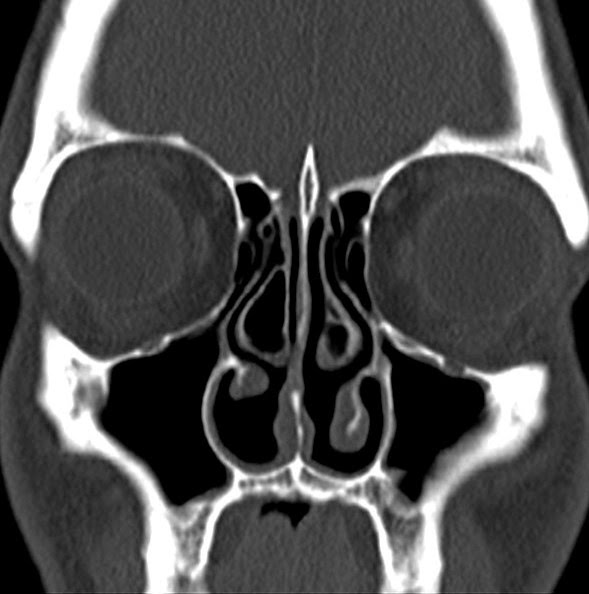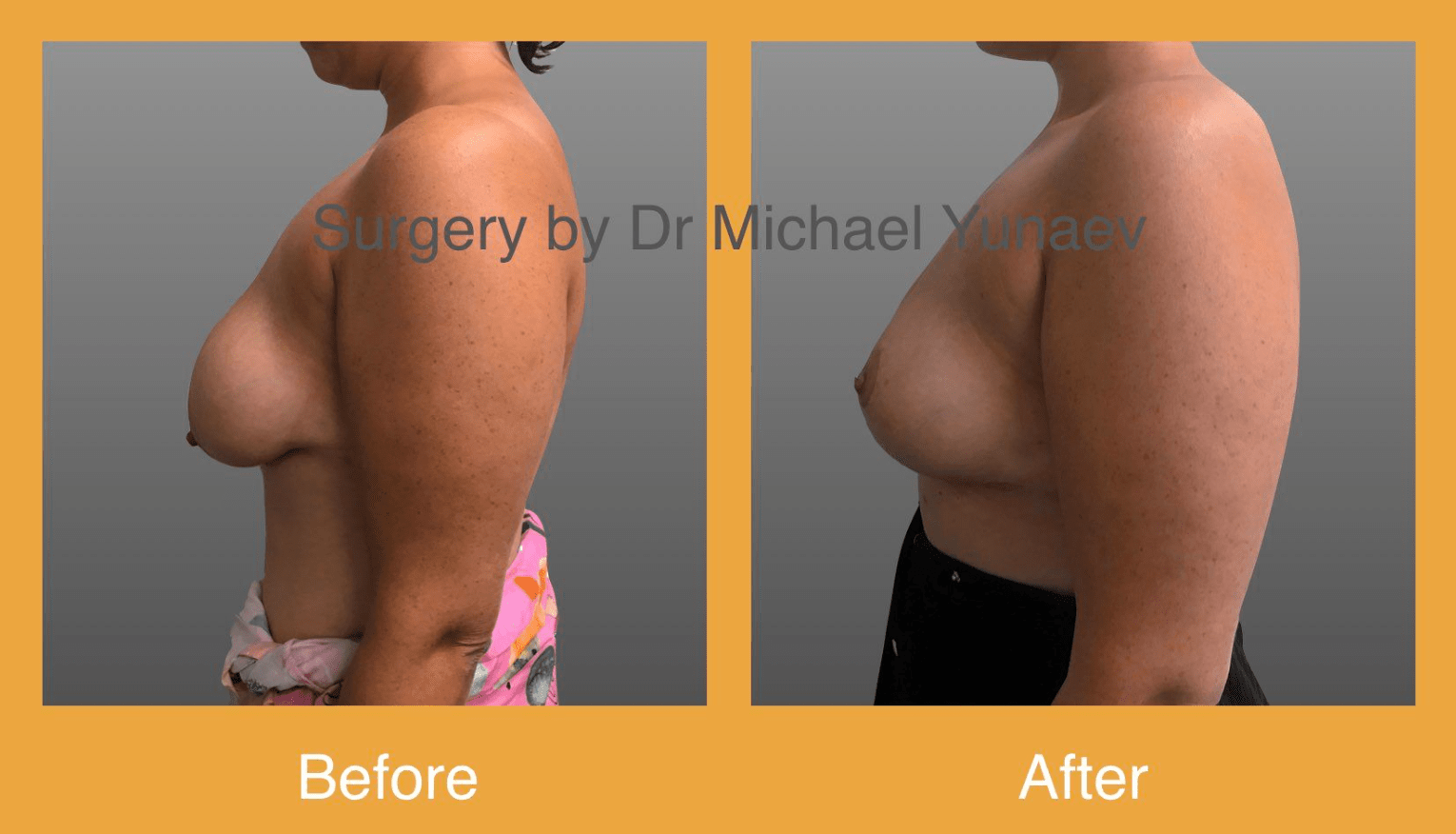
Seattle offers many options for facelifts. Seattle cosmetic surgeons offer many nonsurgical treatments such as microdermabrasion or laser hair removal. Combining different treatments can save you time and reduce the need for office visits as well as the fees of your anesthesiologist. Consider other cosmetic procedures before you consider a facelift if you are visiting Seattle.
Mini facelift
Dr. Santos holds the title of a board certified facial surgeon and a double-board certification as a cosmetic surgeon. He is consistently ranked as one of the top plastic surgeons in the nation, having performed thousands upon thousands of mini-facelifts and facelifts. He will talk with you about your expectations for the procedure, and answer any queries. He may also recommend dermal fillers or other methods of rejuvenation to enhance the results of your mini facelift.
The cost of a facelift varies based on the type of anesthesia used and the extent of the procedure. There seems to be a wide variation in the cost of facelifts depending on where you live. For a consultation, Dr. Ridgway is recommended if you are located in Seattle or Bellevue. He is board certified in plastic surgery and provides consultations. He will assess the facial structure, muscle tone and skin elasticity of your face and outline your surgery plans. He will answer all your questions about the procedure, including insurance and financing.

Deep plane facelift
A deep-plane facelift involves removing the SMAS layer of the skin and creating a new, higher plane. This type is used to remove excess skin, cut the SMAS and release the ligaments holding the face in its place. The results last between ten and fifteen years. Patients who desire a more youthful appearance but don't want the traditional surgery of a facelift can opt for a deep plane facelift in Seattle.
If you want to look natural, a deep plane facelift can be a good option. This type of surgery focuses on the midface region and addresses facial sagging and neck aging. It requires a skilled surgeon with an intimate knowledge of facial anatomy. Dr. Hessler has been double-board certified in facial plastic surgery and performs the procedure around Seattle and the surrounding area.
Facelift for SMAS
A SMAS facelift involves the manipulation of a sub-skin group of muscles. These muscles are known as the superficial-musculoaponeurotic systems (SMAS). They are responsible to facial expressions. The surgeon makes incisions near the hairline and just below the earlobe. This allows them to separate the skin from the tissues underneath, and then tighten them back to the desired position.
General anesthesia is used for SMAS facelifts. This means that you won't feel any pain. You will need someone to accompany you through the entire procedure. This is because you can't drive yourself home after the procedure. General anesthesia is more complicated and requires more preparation. This is why many patients choose a surgeon who performs this surgery in Seattle. However, the benefits of this procedure are well worth the risks. Seattle SMAS facial lift is an excellent option to rejuvenate your appearance.

Endoscopic facial lift
An endoscopic facelift offers many of same rejuvenating benefits and less pain than a traditional procedure. It also takes much shorter recovery times. To access difficult-to reach areas below the skin's surface, it uses a thin, lighted tube called the endoscope. Inconspicuous, small incisions are made within the natural creases and skin of the patient. This allows the cosmetic surgeon to perform these procedures without leaving a large scarring.
Before any type or procedure, Dr. Santos assesses the patient to determine which features need to be changed and which areas will remain unchanged. Once he has established the right criteria, Dr. Santos will create a personalized treatment plan that meets the patient's needs. The treatment plan will include details such as the location of the incisions, the type of surgery performed and the type anesthesia used. The ideal age for facelift surgery is between 50 and 65. This is when advanced signs of aging usually begin. Patients in this age bracket are typically in good overall health and don’t have any severe health conditions that could impact their recovery.